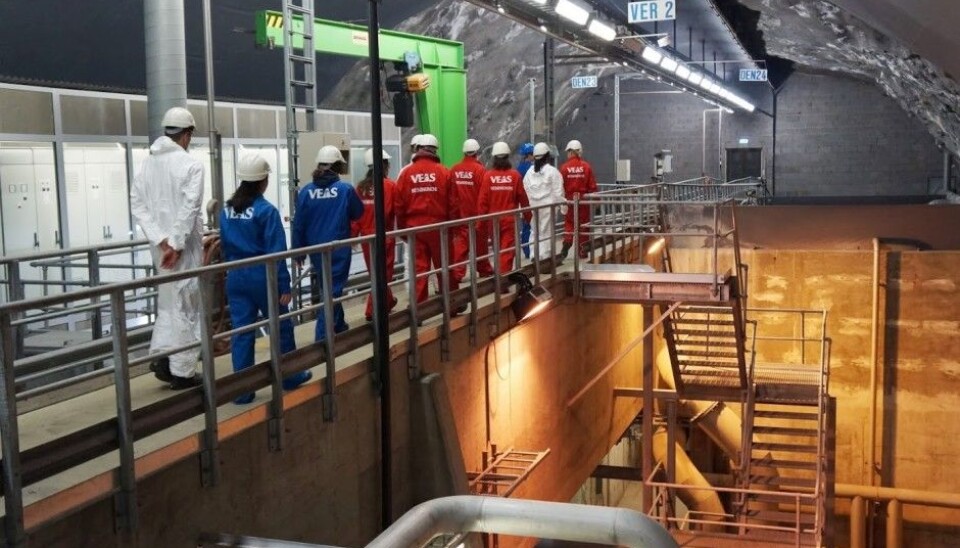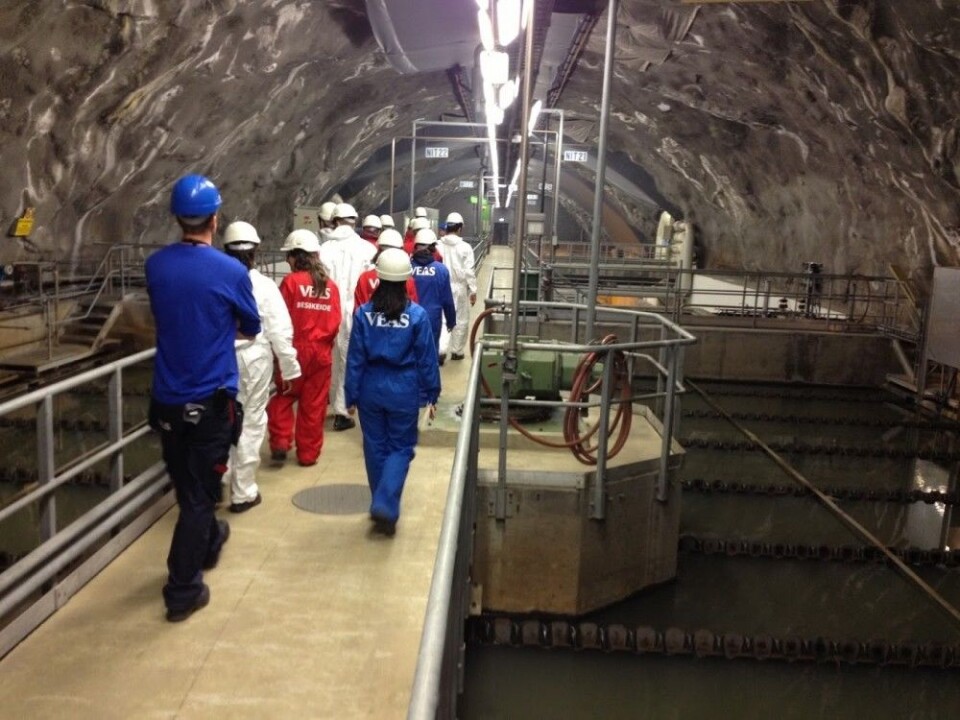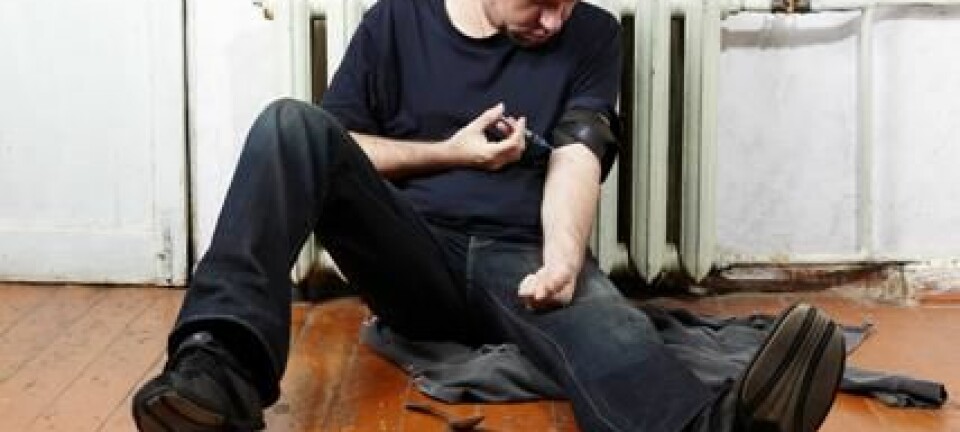
Sewage detectives scour wastewater for drugs
Every year in a coordinated, European-wide effort, scientists hunt for traces of drugs in wastewater from nearly 60 cities, including Oslo. But what can they learn from their findings?
A different type of narcotics detective is busy at work in a pan-European effort involving 19 countries — but not in the way you might expect.
These “detectives” are sampling sewage water that comes from city inhabitants in 56 different cities to see if they can find traces of narcotics in the wastewater. This information, they believe, will tell them what kinds of drugs are being used in the city, and what gets flushed down the loo after the drugs make their way through the body.
Malcolm Reid, research manager at the Norwegian Institute of Water Research (NIVA), has measured these substances in Oslo's wastewater for a decade now. He and colleague Jose-Antonio Baz Lomba are searching for traces of drugs, medicines and illnesses. All of this information is available simply from testing water that gets flushed down the toilet, Reid says.
“This is an area that we love to work with,” he said. “We often say that sewage reflects society, and there are many possibilities to explore.”
Amphetamines and ecstasy in Oslo

Earlier this March, researchers released the annual results from sewage samples taken all over Europe every day for a week in March last year. NIVA researchers take their samples at the VEAS plant, Norway's largest sewage treatment plant. And of course they take samples of the water before it is treated.
The VEAS plant treats wastewater from more than 600,000 inhabitants in Oslo, Bærum and Asker, as well as from the nearby communities of Røyken and Nesodden.
These Norwegian samples, and from other cities in the study, show that MDMA, also called ecstasy, is a hot trend across Europe. The samples also show that Oslo remains one of the cities with the highest amphetamine and methamphetamine use per capita.
"The clearest European trends are that the highest levels of cocaine are measured in southern and western European countries, while amphetamines are more popular in northern and eastern European countries,” Reid said. “And MDMA has exploded on the market everywhere.”
Cocaine jump in 2014
The cities in the survey differ greatly. Some have large populations, while others are much smaller. The researchers measure how many milligrams of a substance they find per 1,000 inhabitants per day.
Although researchers test wastewater for a full seven days each year, they use just one value, the median, to sum up their findings for each city. This is a value that represents the middle in the range of measurements for the substance.
But a look at the numbers doesn’t always paint a clear picture. For example, a comparison of measurements in Oslo from 2013 to 2014 shows a sharp increase in cocaine levels in wastewater in 2014. Does that mean that drug use sharply increased? Not necessarily, Reid says.
"Oslo is a relatively small city in an international context, and therefore it also has a relatively small number of drug users. Our results vary depending on the user's lifestyle and habits,” he said. “Availability of drugs plays a key role in what is being used in a particular country or city, and availability changes over time. But this is a bit out of my field.”
Kari F. Solvik, head of the Department of Drug Analysis at Kripos, Norway’s National Criminal Investigation Service, does know a thing or two about drug availability. She says, however, there’s nothing to suggest that there was a big spike in cocaine use that year.
“If there was something special that happened that could explain this peak in 2014, I don’t know about it,” she said. “When we look at trends for drug seizures over time, that number has been steadily increasing over the last decade.”
Wastewater numbers versus drug seizures
Solvik and her colleagues at Kripos are very familiar with the wastewater study.
"It is interesting to see these results and results from other statistics and surveys and compare them to seizure figures," she says.
The annual report issued by Kripos for 2017 shows that there has been a decline in the number of drug cases over the last three years.
“The decrease in the number of amphetamine/methamphetamine seizures has followed the same trend,” she said.
“If we look at seizure trends from a five-year perspective, there has been an increase in the amount of amphetamine seizures, while there has been a decrease in the number of methamphetamine seizures. We now see more amphetamine than methamphetamine, measured both in the number of seizures and the amounts seized.”
MDMA wave
MDMA is the active substance in ecstasy, but is also used in other forms. The pan-European wastewater study shows an explosion in the amount of MDMA found in wastewater.
The measurements at VEAS's treatment plants also suggest that people in Oslo and surroundings towns are peeing out more of this substance than ever before. The numbers show an increase from 2012 to 2016. But during the 2017 sample week, the MDMA levels in the VEAS plant were only about a quarter of the levels measured in 2016.
This doesn’t quite jibe with statistics from Kripos, but otherwise it mirrors the measurements made in wastewater from the other European cities in the survey.
“The Kripos statistics show a steady increase in MDMA seizures from 2010. There is also a significant increase from 2016 to 2017. There is no indication that there is a declining trend,” says Solvik.
-------------------------------------
Read the Norwegian version of this article at forskning.no.
































